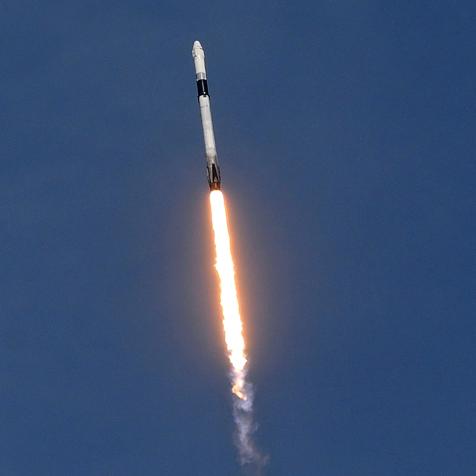
Tom Glenn/NASA
Water Molecules Found on Sunlit Surface of the Moon!
Breaking News! At 12P ET today, October 26, NASA announced a new discovery about the Moon. Here are the agency’s findings resulting from the world’s largest airborne observatory, SOFIA.
Keeping its eye on the Moon, NASA’s efforts to land the first woman and next man on the Moon by 2024 through Project Artemis continues to become a reality with its newest scientific discovery about the lunar surface. This new finding pushes forward the agency’s drive for deep space exploration.
The science behind today’s announcement results from use of SOFIA, a flying observatory aboard a modified 747 jet. The Stratospheric Observatory for Infrared Astronomy, an American-German partnership, first took flight in 2007. The “astronomy facility” soars high above at 43,000 feet for about 10 hours at a time and studies objects in our solar system through the use of infrared light.

NASA
SOFIA is a Boeing 747SP jetliner modified to carry a 100-inch diameter telescope. It is a joint project of NASA and the German Aerospace Center. The aircraft is based at NASA’s Armstrong Flight Research Center's Hangar 703, in Palmdale, California.
At 12P ET today, October 26, it was announced that NASA has discovered, with the use of a giant flying telescope, water molecules on the sunlit surface of the Moon. Currently, the water is trapped in glass beads hidden between grains and protected from the Moon’s harsh environment within the Clavius Crater. It is unknown at this time if the water can be used. There are a lot of questions that remain unanswered; however, this is big news for space exploration. If the water can be utilized, the possibilities are endless for accessible drinking water, rocket fuel, and more on the Moon!


















